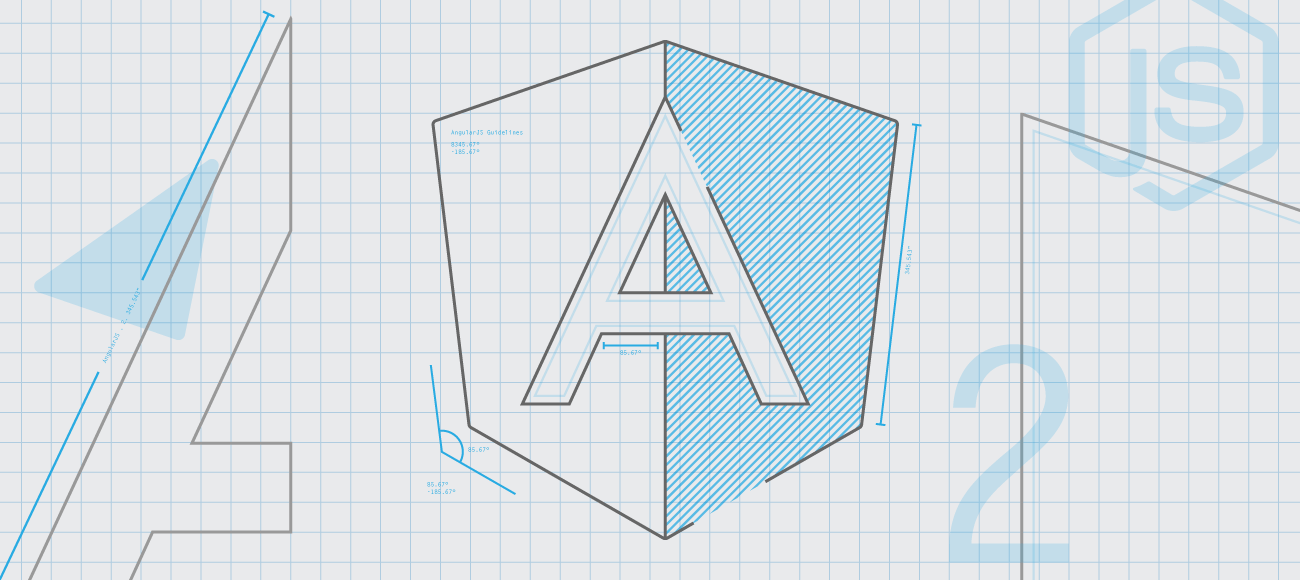Bertrand Karerangabo

Establishing a clear value proposition is no mean feat. For companies who have been operating for decades, or routinely bring new products and services to market, it’s easy for the overall brand value and each line of business value to get muddy.

Establishing a clear value proposition is no mean feat. For companies who have been operating for decades, or routinely bring new products and services to market, it’s easy for the overall brand value and each line of business value to get muddy.

While plenty of articles about the new business ecosystem have focused on creating digital systems for products or platforms, the ecosystem concept can be applied to any number of industries where relying on partnerships is the norm.

Design tokens manage and store User Interface (UI) decisions such as spacing, color, typography, and motion. These decisions are stored in a config-like format to support the needs of any platform (Web, mobile OS, etc). In this blog post, I'll demonstrate how you can leverage design tokens and SCSS mixins to capture a system's design language. The final output will be a collection of SCSS mixins that map to design tokens and can help to reel in messy CSS inconsistencies amongst dev teams and close the gap between designers and developers with great success.

While much has been made of React Native's native mobile app capabilities 0, there has been relatively little attention paid to its web nature. It is the latter quality, however, that makes React Native such a great web and mobile development platform. React Native brings modern web techniques to mobile app development 1. This means that teams get to leverage common tooling and workflows, the best of CSS (including Flexbox), familiar Web APIs, a rich and vibrant 3rd party ecosystem and, of course, their existing JavaScript libraries. React Native is, in a sense, a polyfill for the web – built atop vendor-specific and disjointed mobile platforms.

We've recently released our Angular 2 Guidelines . As a result, I'd like to take a moment to explain why, and how, they were developed.

React Native moves JavaScript mobile application development from being simply hybrid, towards a radical fusion of mobile native and hybrid JavaScript development. A powerful omnichannel strategy of learn once, apply everywhere, has made it the choice for many of our mobile apps.

